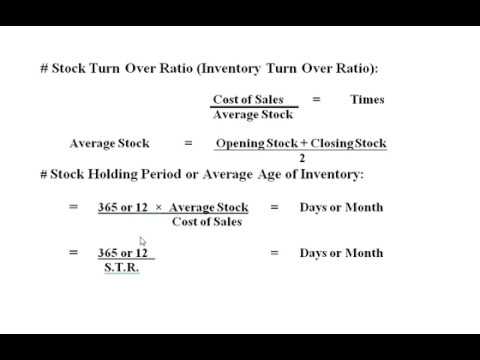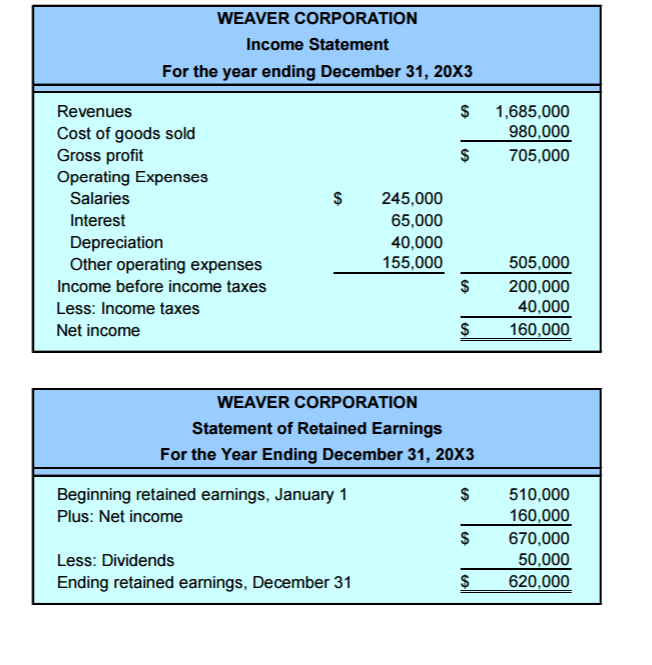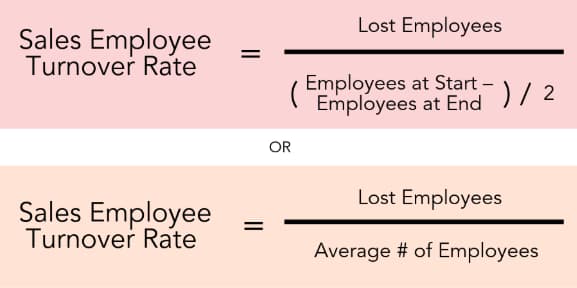

Choice A defines the Current Ratio, which is Current Assets / Current Liabilities. For example, a company with daily operating expenses of $100,000 and total current assets of $5,000,000 can operate for $5,000,000 / $100,000 = 50 days before it runs out of money. A turnover ratio is a simple number used to reflect the amount of a mutual funds portfolio that has changed within a given year. This is the period of time, or "defensive interval" that the company could continue running in a "worst case" scenario where business has collapsed and it was not generating current assets. It takes Current Assets and divides it by Daily Operating Expenses to find the number of days that a company can continue to run if it were not able to bring in any more current assets. A change in a fund's general turnover pattern can indicate changing market conditions, a new management style, or a change in the fund's investment objective.How long the company can operate without any new business coming in The defensive interval ratio is a variation on the Current Ratio that measures liquidity. The smaller the ratio, the greater the organizations ability to. For example, Company A reported total revenues of 10,000,000 with COGS (costs of goods sold) of 500,000. Operating Ratio: The operating ratio shows the efficiency of a companys management by comparing operating expense to net sales. The solvency ratio indicates whether a company’s cash flow is sufficient to meet. Studies show, however, that funds must have very low turnovers (specifically 10% or less) to make appreciable differences in the capital gains distributions. Another variation of the formula is using earnings before interest, taxes, depreciation and amortization (EBITDA) as the numerator: Interest Coverage Ratio EBITDA / Interest Expense. Solvency ratio is a key metric used to measure an enterprise’s ability to meet its debt and other obligations. Third, funds with higher turnover tend to distribute more capital gains than low turnover funds, because high-turnover funds are constantly realizing the gains. The formula for calculating how many times in that year Flo collected her average accounts receivables looks like this: Accounts Receivable Turnover Ratio 100,000 - 10,000 / (10,000 + 15,000)/2 7.2. Second, funds with higher turnover (implying more trading activity) incur greater brokerage fees for affecting the trades. Ending accounts receivables for the year were 15,000. First, it’s an indication of management strategy buy-and-hold vs. Turnover is important for several reasons. Therefore, a $100 million fund that is rapidly growing may buy another $100 million in assets, but have a zero percent turnover if it does not sell any of its holdings. This figure is calculated on the lesser of purchases or sales. Management I (SAM) and Optimum Market Portfolios (OMP). The figure is culled directly from the financial highlights of the fund's annual report. LPL Financial furnishes information in the annual performance report for its Strategic Asset. Morningstar does not calculate turnover ratios.
#Bond turnover ratio formula how to#
Debt-to-Equity (D/E) Ratio Formula and How to Interpret It. Working Capital Turnover Ratio: Meaning, Formula, and Example. High turnover (more than 100%) would indicate an investment strategy involving considerable buying and selling of securities. Bonds ETFs Options and Derivatives Commodities.


#Bond turnover ratio formula full#
In practical terms, the resulting percentage loosely represents the percentage of the portfolio’s holdings that have changed over the past year.Ī low turnover figure (20% to 30%) would indicate a buy-and-hold strategy. Turnover ratios in the regions government bond markets were mostly down in the second quarter (Q2) of 2020 as markets experienced the full impact of quarantine. A turnover ratio of 100% or more does not necessarily suggest that all securities in the portfolio have been traded.

This is a measure of the fund’s trading activity which is computed by taking the lesser of purchases or sales (excluding all securities with maturities of less than one year) and dividing by average monthly net assets.


 0 kommentar(er)
0 kommentar(er)
